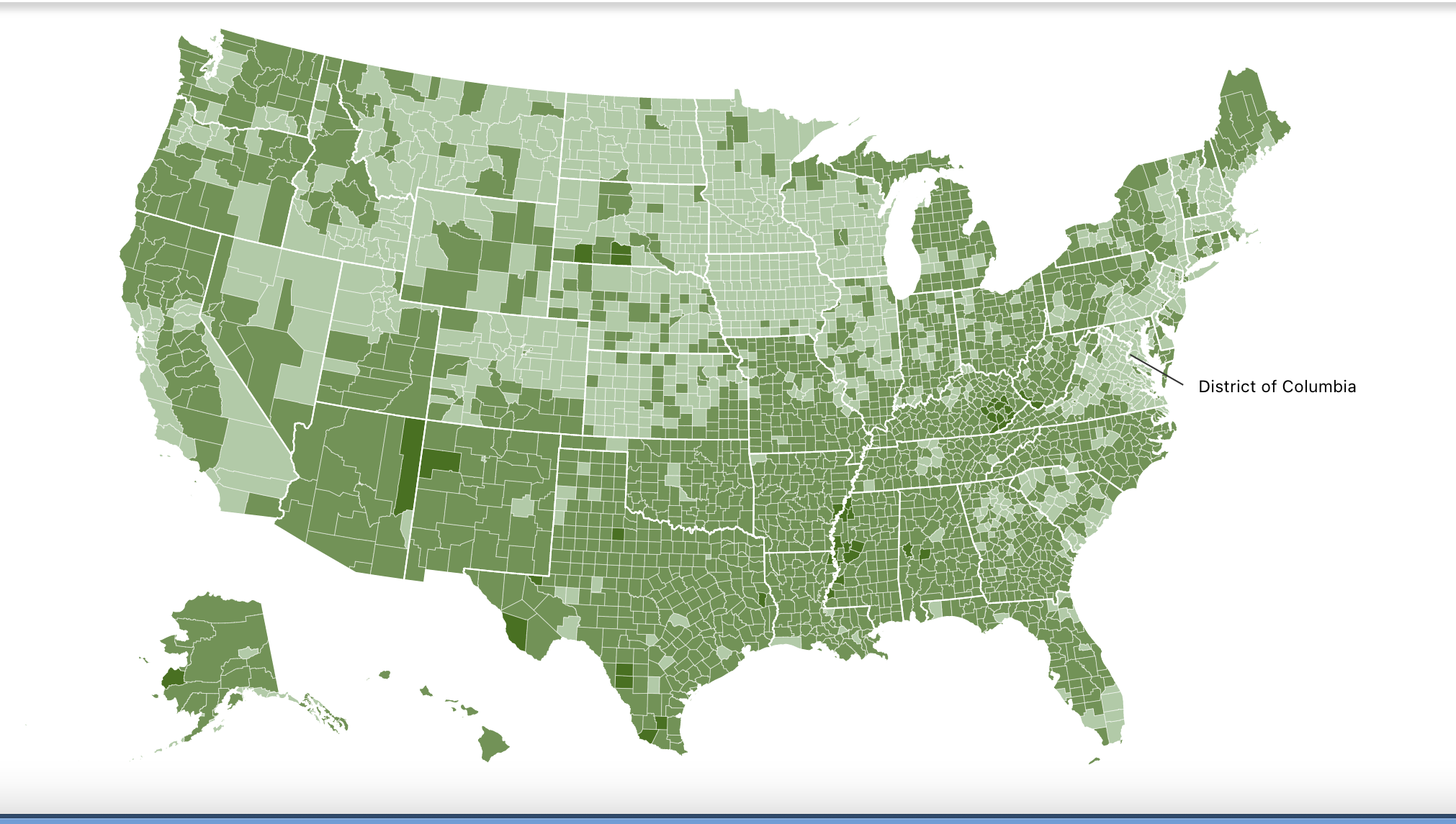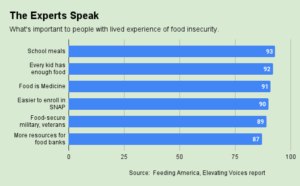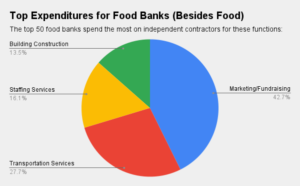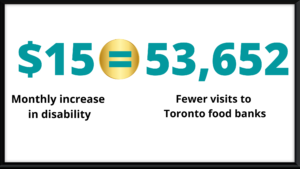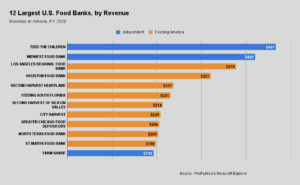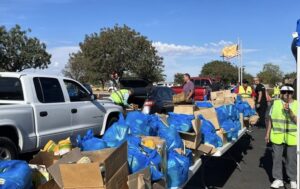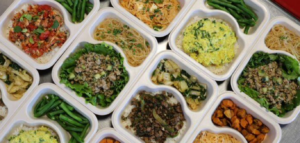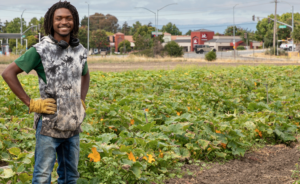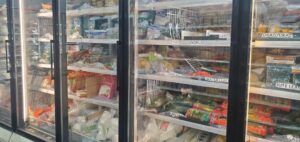Feeding America last month published its twelfth annual Map the Meal Gap report, revealing the entrenched nature of food insecurity in the nation’s hardest-hit counties, as well as large disparities between racial and ethnic groups when it comes to food insecurity.
Breaking down food insecurity levels by county and then by race and ethnicity clarified two critical points, emphasized Dr. Craig Gundersen, who is Map the Meal Gap’s lead researcher, as well as the Snee Family Endowed Chair at the Baylor Collaborative on Hunger and Poverty and a Professor of Economics at Baylor University.
First, “geography mattered a lot,” he said. While people in every county and congressional district in the United States experience food insecurity, the levels varied widely, from 3% in Bowman County, ND, to almost 30% in Holmes County, Miss.
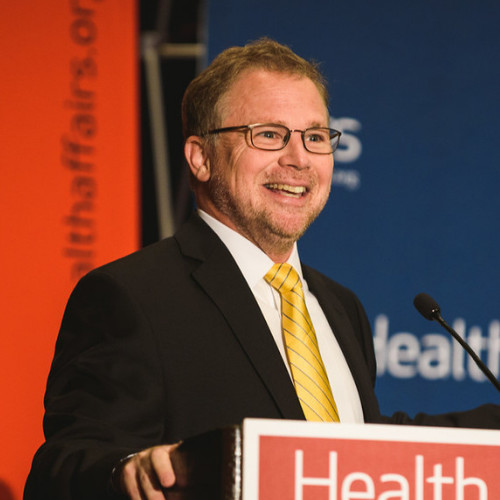
“The key thing that we see over time is that the disparities haven’t been removed,” Gundersen emphasized. “Counties with higher than average food insecurity rates in 2014 also had higher than average rates of food insecurity in 2020, and the gaps between those with the highest food insecurity rates and the lowest food insecurity rates really have stayed the same.”
A second important finding, Gundersen noted, is that there are “some glaring disparities” in food insecurity rates between ethnic and racial groups. This year’s Map the Meal Gap is the first to analyze food insecurity levels for Black, Latino, and non-Hispanic white individuals where the data is available. (Not enough data was available to include Asian, Native American, Pacific Islander or multiple races in this year’s map.)
The report found that Black and Latino individuals experienced higher levels of food insecurity than white individuals in 99% of counties with comparable data. The disparity for Black versus white individuals ranged as high as 43 percentage points. For Latino versus white individuals, the gap was as high as 27 percentage points. Food insecurity among Black individuals exceeded Latino individuals in nearly 74% of counties with comparable data.
Some of the Map the Meal Gap’s findings related to racial disparities are reflected in other, more local reports. In its analysis of its visitors, the Des Moines Area Religious Council, which operates 14 pantries, 20+ mobile pantries and a home delivery service in Iowa, discovered racial disparities among food pantry users in all the communities it serves, and especially in suburbs. “In some cities, certain racial groups are more than ten times as likely to use a food pantry compared with the general population,” the report said.
While Map the Meal Gap is widely considered the best starting point for understanding the need for charitable food, it still could benefit from layering in additional perspectives, some say. One observation is that Map the Meal Gap does not reflect efforts to fill the gap. “If you flood a neighborhood with charitable food, it doesn’t move the needle on the Meal Gap,” noted Bob Shaver, Principal at Redstone Strategy Group, based in Boulder Colo.
Redstone has been working for about five years with the Mayor’s Office of Food Policy in New York City to identify the various suppliers of charitable food in the city and share data between them to better identify the biggest pockets of unmet need. That work, resulting in a measurement known as the Supply Gap, has “driven tens of millions of dollars of food into different places based on what came out of the Supply Gap,” Shaver said. – Amanda Jaffe
Amanda Jaffe is a writer and former attorney with a deep interest in the organizations and mechanisms that address food insecurity. Her writing has appeared in The American Interest, PASSAGE Magazine, and the Finder, among other publications.
Like what you’re reading?
Support Food Bank News
